1. Creamed Chipped Beef on Toast
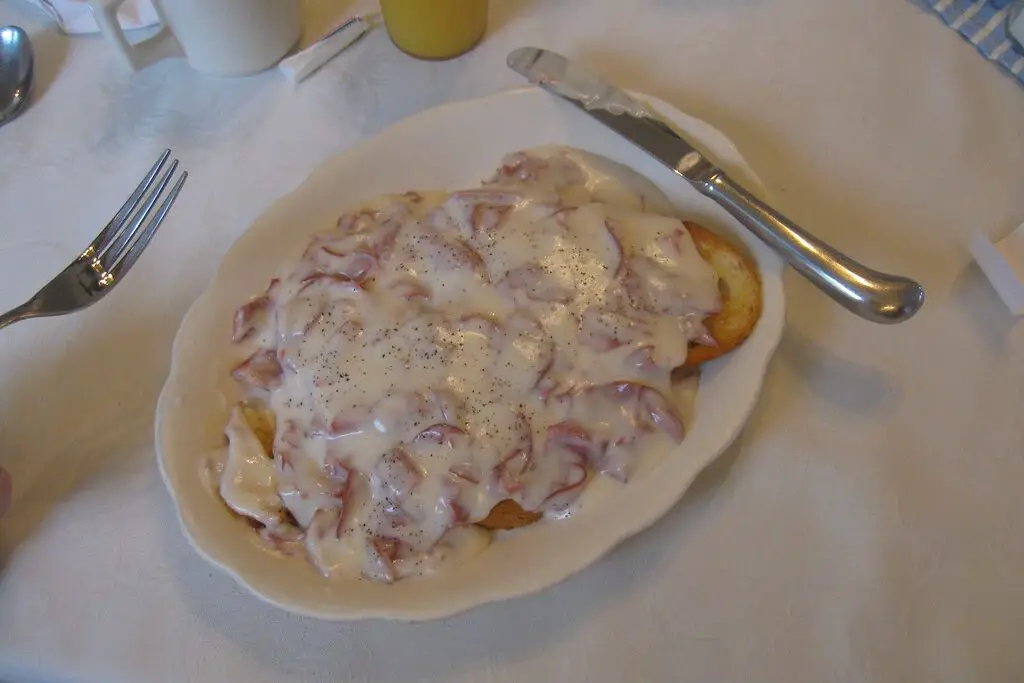
If you grew up in the ’50s, chances are you remember creamed chipped beef, sometimes jokingly called “SOS” in military circles. This dish was exactly what it sounds like—thin slices of dried beef cooked in a creamy white gravy and spooned over toast. It was quick, cheap, and filling, which made it a favorite among busy families in the post-war era. While it doesn’t sound glamorous, it was the kind of hearty breakfast that could keep someone full all morning.
Many kids weren’t too fond of the salty, chewy beef, but it became a staple because it was easy to make in bulk. It’s almost unheard of today outside of diners or vintage cookbooks, but older generations often look back on it with a mix of nostalgia and dread. For some, the smell alone brings back memories of school mornings. For others, it’s a dish they’d prefer stayed forgotten.
2. Oatmeal with a Raw Egg
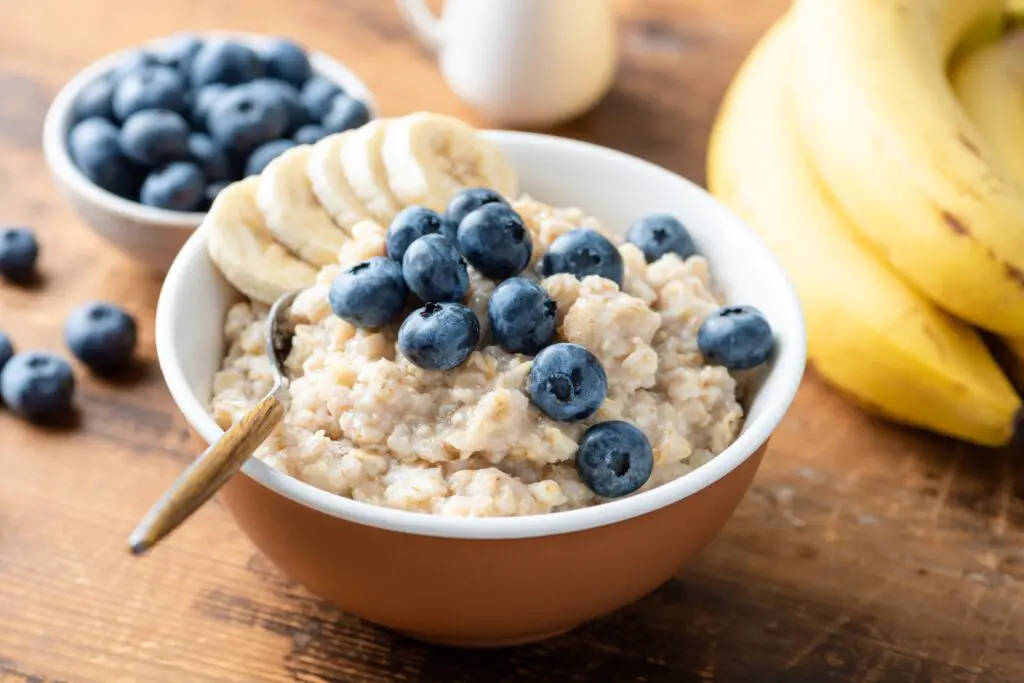
Back before protein shakes were a thing, people used to crack a raw egg into hot oatmeal for an energy boost. The heat would slightly cook the egg, making the oatmeal richer and creamier. Parents swore by this method as a way to give kids extra strength to tackle the school day. It sounds a little odd now, but it was considered wholesome and nourishing at the time.
This practice has largely vanished due to modern food safety concerns about raw eggs. Still, some folks who remember the ’50s will tell you it added a unique taste and texture. It was one of those “mom knows best” recipes that disappeared once safer, pre-packaged breakfast options hit the shelves. Today, it’s more likely to raise eyebrows than appetites.
3. Cornmeal Mush
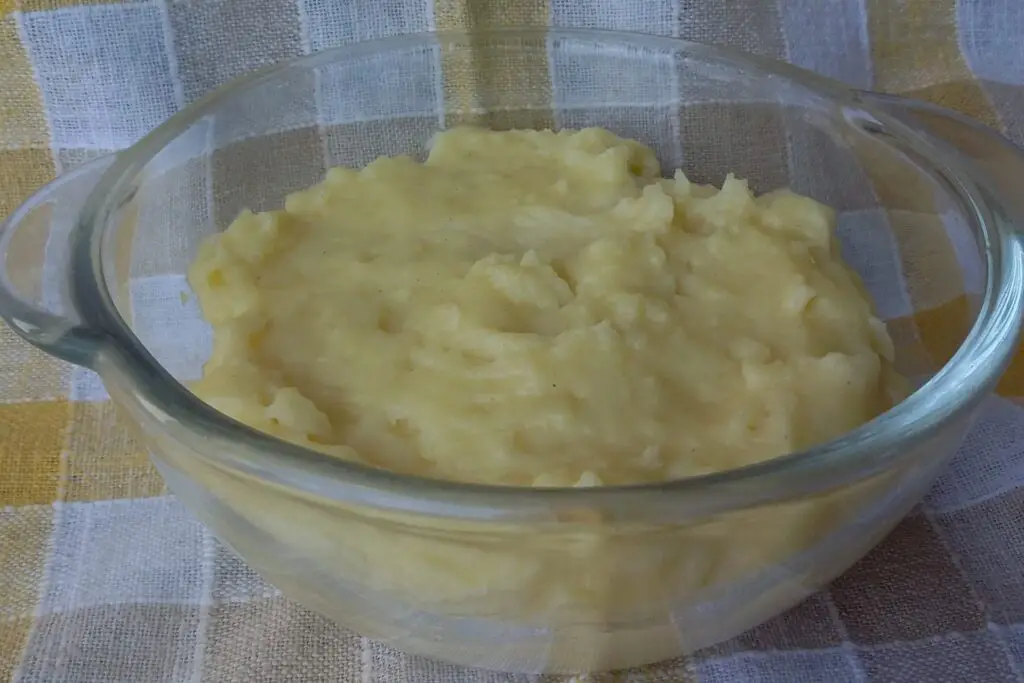
Cornmeal mush was another thrifty breakfast that showed up often in mid-century kitchens. Families would boil cornmeal until it became thick and porridge-like, then serve it with milk, sugar, or syrup. It was simple and cheap, making it perfect for large households. Some families even fried the leftover mush into slices the next day for a different kind of breakfast treat.
It may not have been fancy, but it was comforting and filling. Many people compared it to polenta, though it didn’t carry the same culinary prestige. Over time, it faded from breakfast tables as cereals and toaster pastries took over. Still, older generations often recall it as the kind of humble meal that kept everyone fed without breaking the bank.
4. Fried Liver and Onions
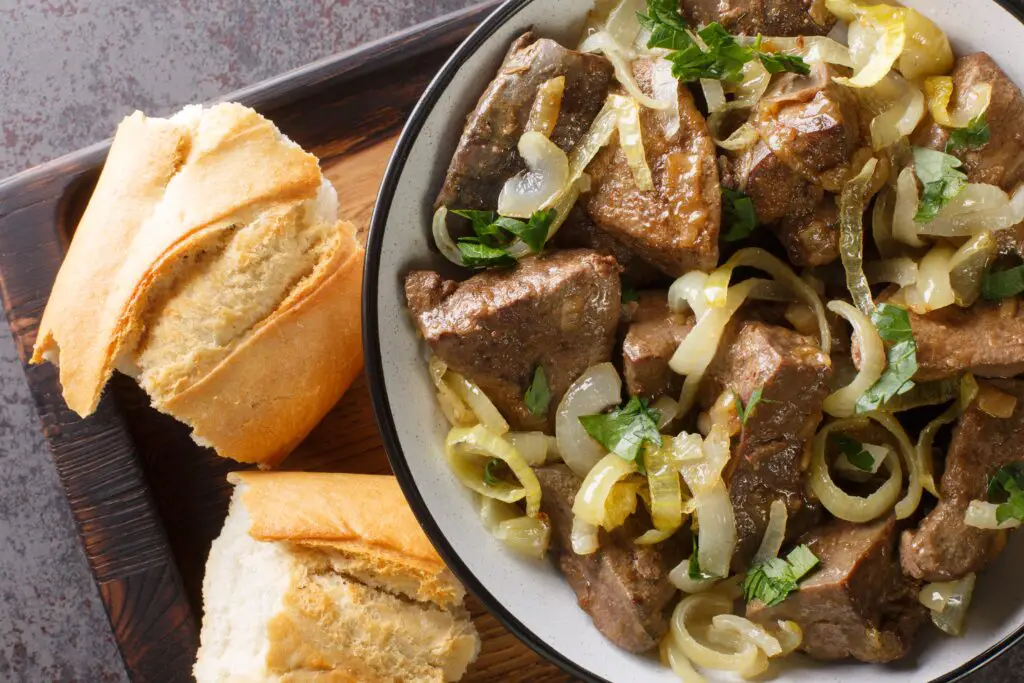
Believe it or not, liver wasn’t just for dinner back then. In the ’50s, it sometimes appeared on breakfast plates, often fried with onions. It was packed with iron and other nutrients, which made it appealing to health-minded parents. A plate of liver and onions might sound heavy for the morning, but it was seen as good “fuel” for the day.
Kids, however, usually weren’t thrilled to see it on the table. The strong flavor and texture made it a tough sell, especially first thing in the morning. Today, the idea of liver for breakfast feels almost shocking, but back then, it was practical and even recommended. It’s one of those breakfast foods that most people are glad has slipped out of fashion.
5. Poached Prunes
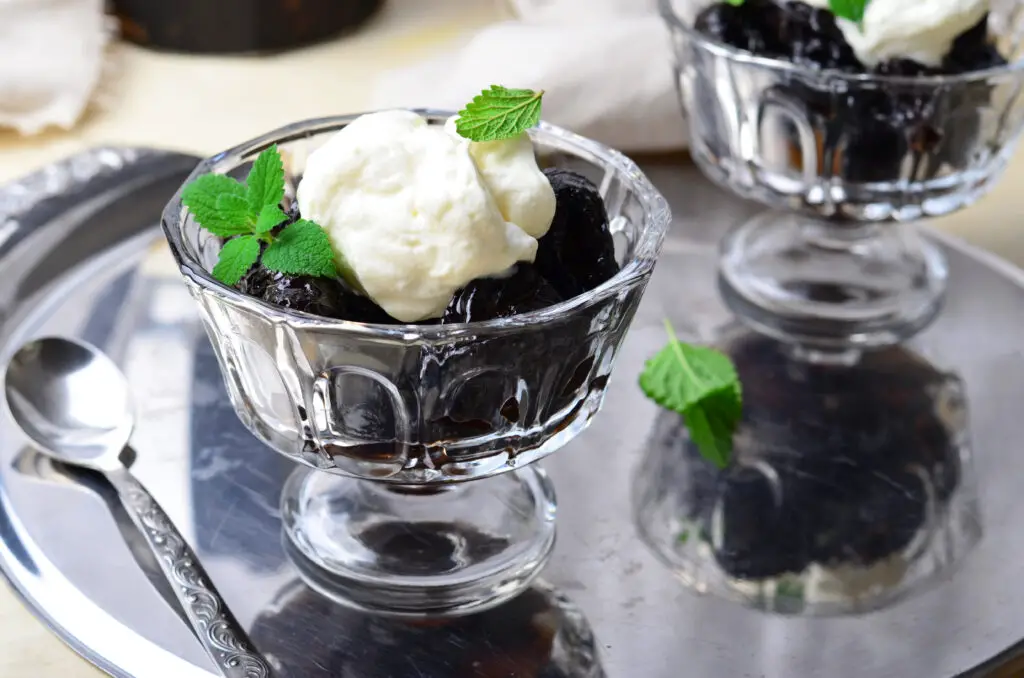
Prunes were a staple in ’50s diets, often served poached in syrup or with a little sugar on top. They were considered a health food, helping to keep digestion moving smoothly. Parents would dish them out in the morning alongside toast or porridge, believing it was the responsible thing to do. For kids, it was less exciting—many viewed prunes as a chore more than a treat.
Despite their reputation as “old-fashioned,” prunes carried a sense of comfort for some. Their natural sweetness made them a simple dessert-like addition to breakfast. Over time, though, they lost popularity to flashier fruit options like bananas and oranges. These days, you rarely see poached prunes outside of vintage cookbooks or nursing homes.
6. Sardines on Toast
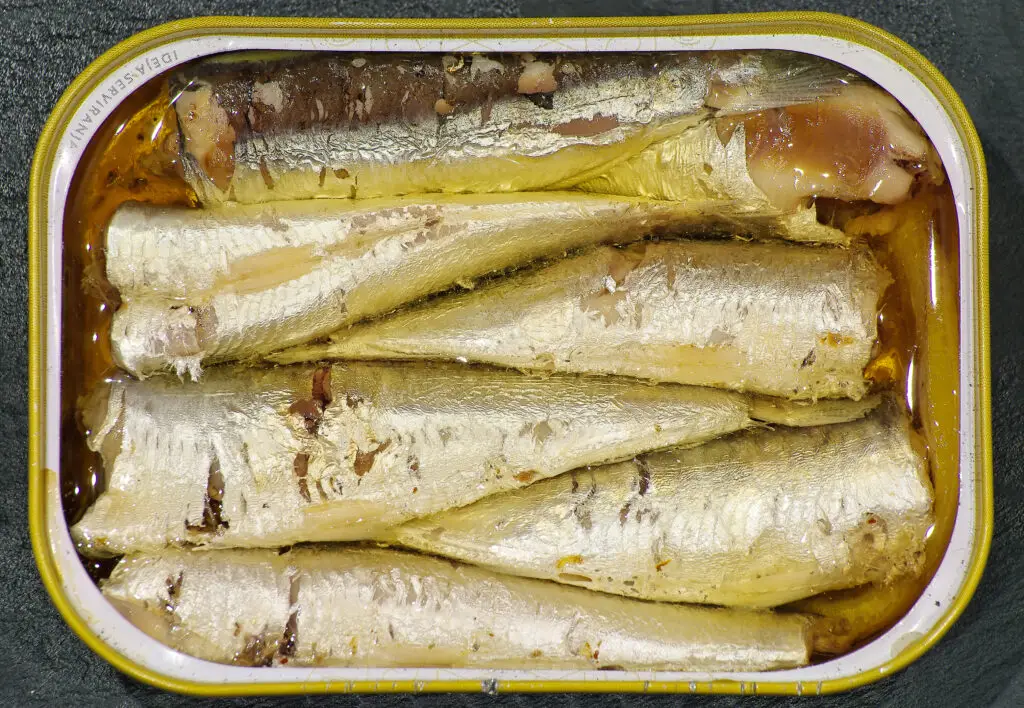
Seafood for breakfast sounds unusual now, but sardines on toast were fairly common in the ’50s. Canned sardines were inexpensive, readily available, and packed with protein. Families would mash them on buttered toast or sprinkle them with lemon for a salty, savory breakfast. It was especially popular in households that leaned toward European food traditions.
For many kids, though, the strong smell was overwhelming. Sardines didn’t stand a chance once cereals and pancakes became the stars of the breakfast table. While they’ve mostly disappeared from morning menus, sardines have made a comeback in trendy food circles as a healthy snack. Still, few today would think of them as a breakfast staple.
7. Grapefruit with Sugar
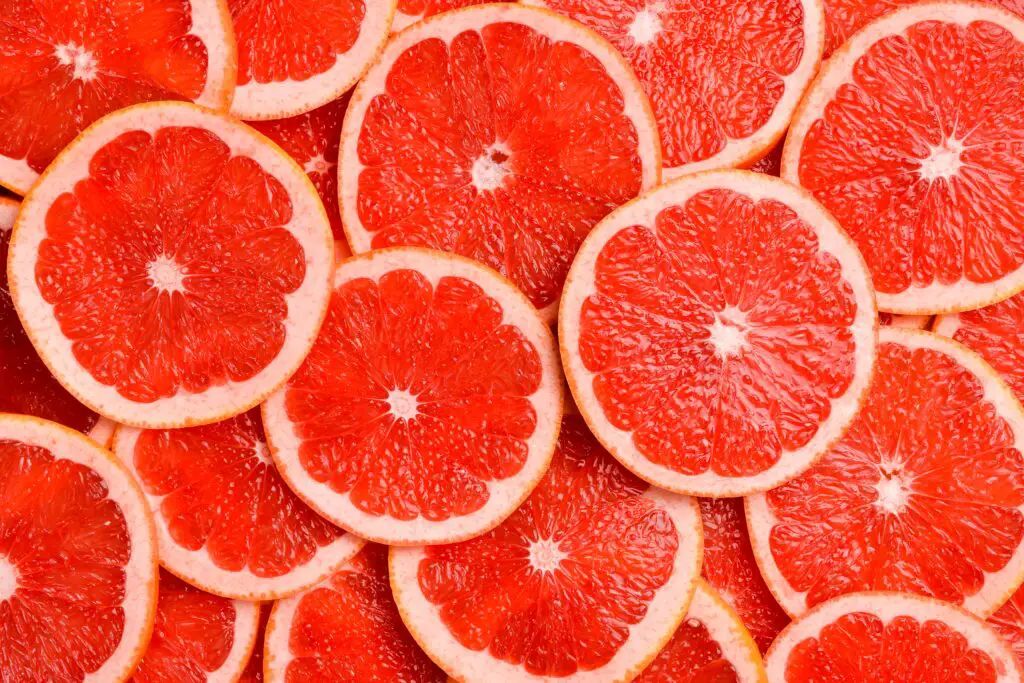
Before smoothie bowls and green juices, grapefruit halves were the picture of a “healthy” breakfast. In the ’50s, it was common to slice a grapefruit in half, sprinkle it with sugar, and scoop it out with a serrated spoon. It was tangy, refreshing, and thought to be slimming, which appealed to adults watching their waistlines.
For kids, the tart flavor was often too intense, but with enough sugar sprinkled on top, it became more palatable. Grapefruit breakfasts were even marketed in magazines as part of weight-loss regimens. Today, the ritual of eating a sugared grapefruit feels quaint and a little old-fashioned. Still, for those who grew up with it, the taste brings back a certain nostalgia.
8. Scrapple
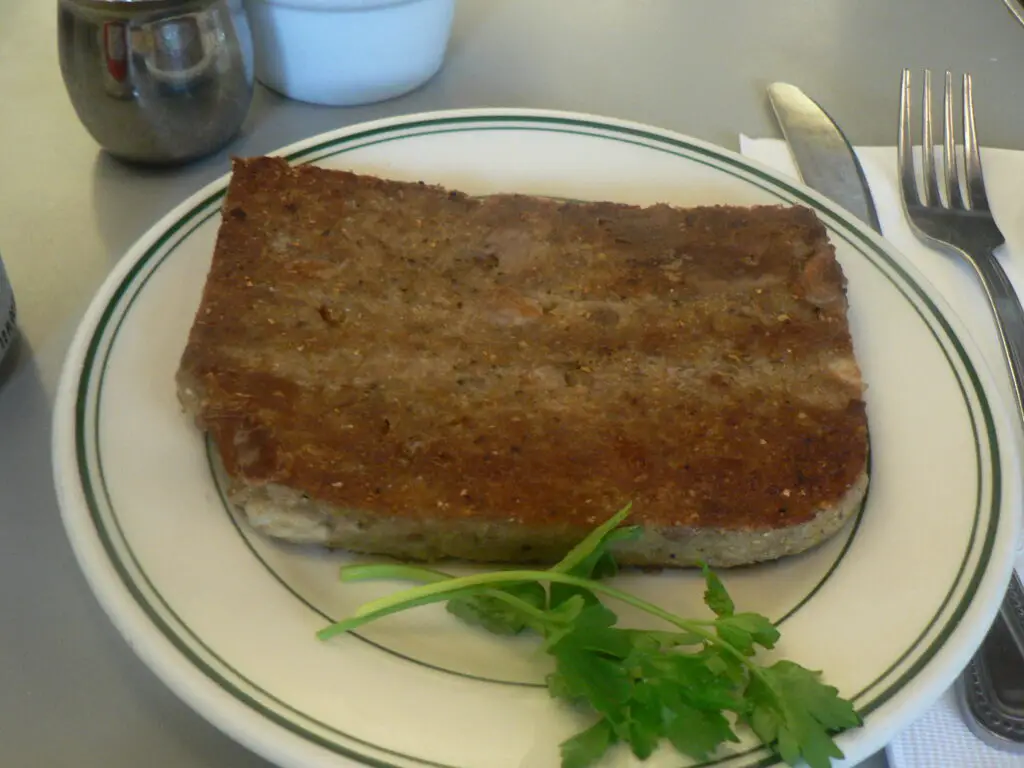
Scrapple was a hearty breakfast food made from pork scraps and cornmeal, fried into thick slices. It was particularly popular in Mid-Atlantic households but spread enough to appear in ’50s kitchens across the country. Served with eggs or syrup, it was a way to stretch ingredients and make sure nothing went to waste.
Not everyone loved scrapple, since it had a strong flavor and a texture that was both crispy and mushy. Still, it was considered a good way to start the day when food budgets were tight. As processed meats like bacon and sausage rose in popularity, scrapple slipped into obscurity. Today, it’s more of a regional specialty than a household staple.
9. Wheat Germ Cereal
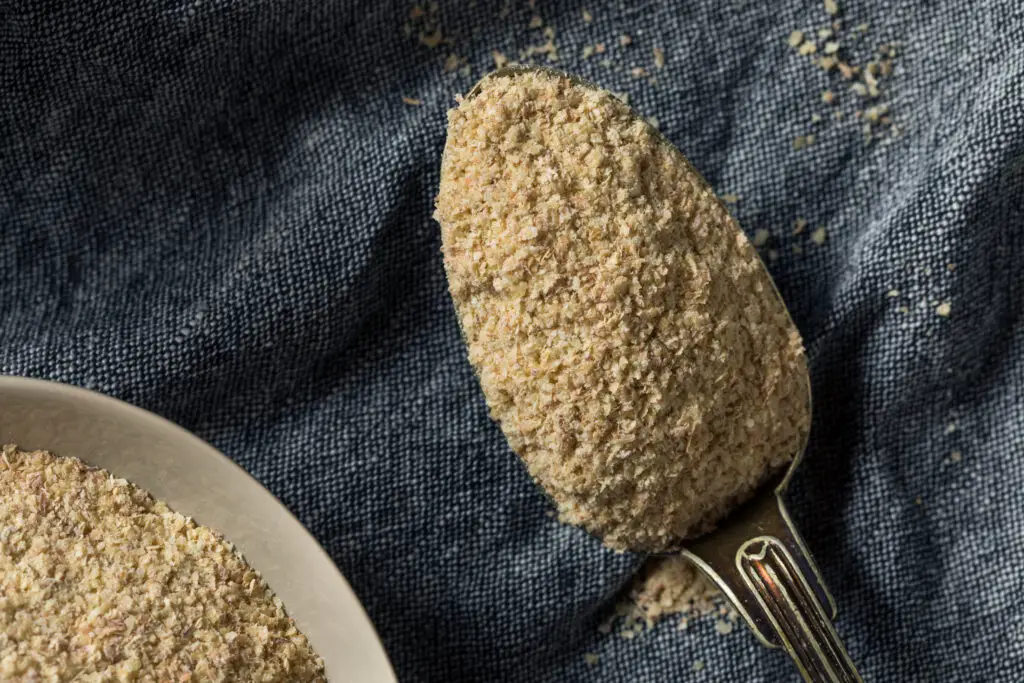
Before granola and protein bars, wheat germ cereal was a go-to “health food” in the ’50s. People sprinkled wheat germ over milk or mixed it into hot cereals. It was touted as a vitamin-packed way to get energy for the day. Parents often encouraged their kids to eat it, even if the taste was a little bland.
It didn’t have the sugary appeal of Frosted Flakes or Cocoa Puffs, which quickly overtook it in popularity. Still, for health-conscious families, wheat germ represented a modern, science-backed breakfast choice. Over time, it faded from everyday use, showing up mostly in health food stores. It’s a forgotten reminder of how nutrition trends come and go.
10. Cold Meat and Cheese Plates

In the ’50s, some families embraced a European-inspired breakfast of cold meats and cheeses. This was especially true in immigrant households where it was tradition. Plates of ham, salami, or cheddar might be served with bread or crackers. It wasn’t fancy—it was simply a way to use what was on hand.
For kids, this could feel unusual compared to the warm cereals or pancakes they craved. But for adults, it was a filling and practical way to start the morning. Over time, the American idea of breakfast shifted toward sweeter and more processed foods. That left the humble cold plate mostly forgotten, except in hotels or brunch buffets.
11. Codfish Cakes
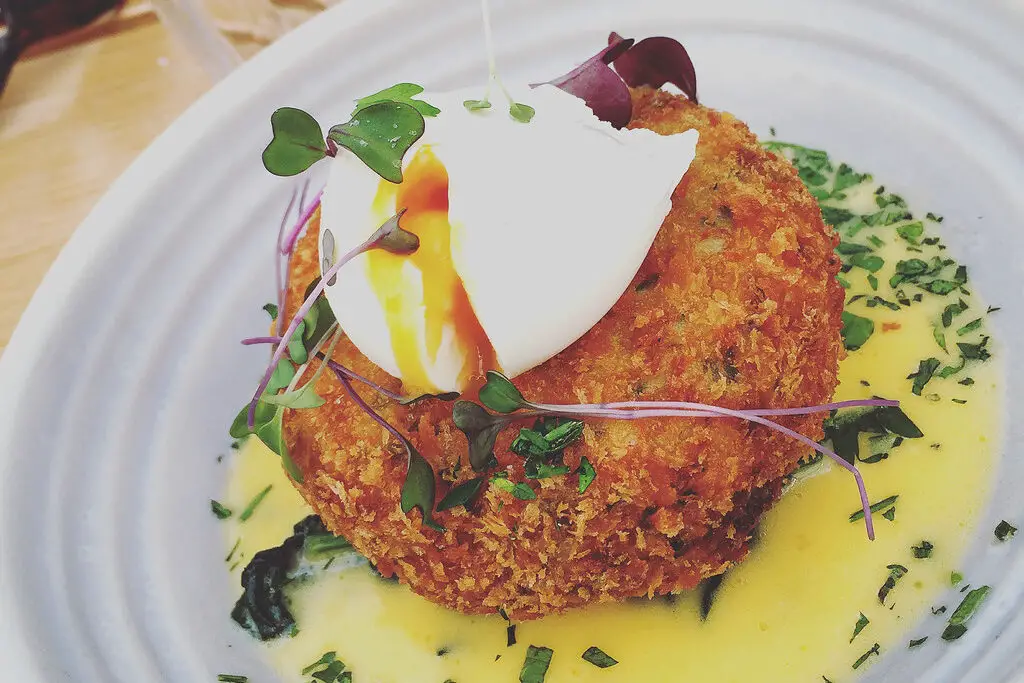
Codfish cakes were another seafood breakfast that appeared more often in the ’50s. Made from salt cod, potatoes, and seasoning, they were fried until golden and often served with eggs. The dish was inexpensive and hearty, which made it appealing to frugal households. It had roots in New England cooking but spread into everyday breakfasts during that era.
The salty, savory flavor wasn’t for everyone, but for those who grew up with it, it was a comforting morning meal. Like many traditional dishes, codfish cakes lost ground to modern convenience foods. By the ’70s, they were more likely to be found at a diner than in a family kitchen. Today, they’re a relic of a different kind of breakfast table.
12. Molasses on Bread
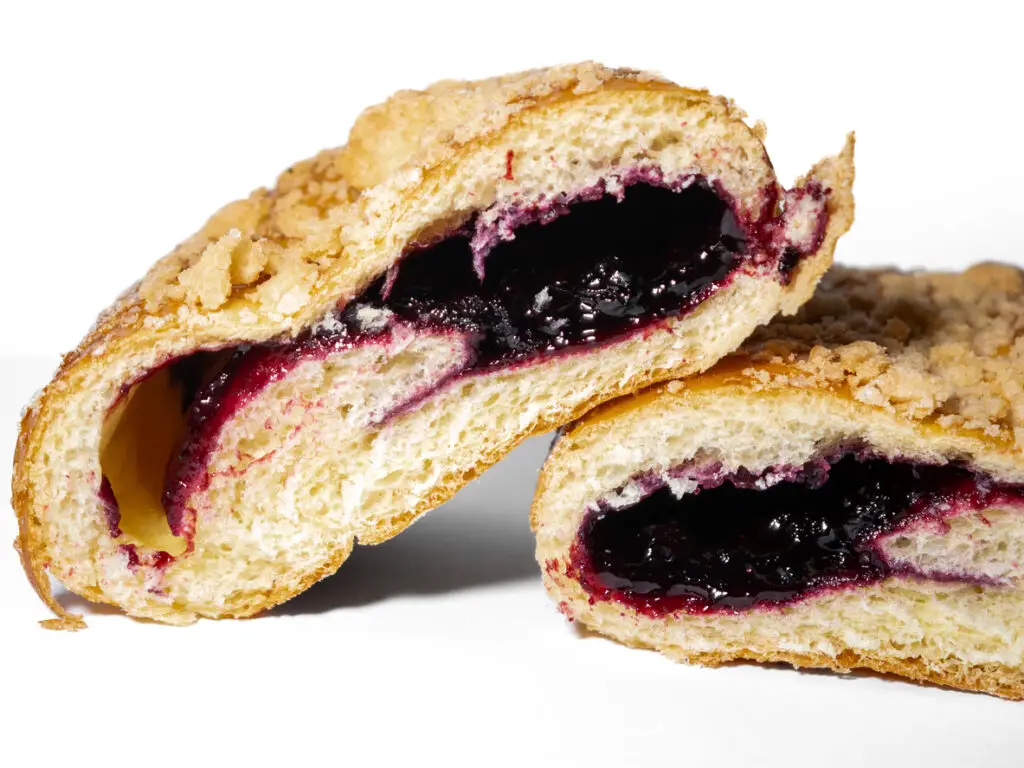
Simple and sweet, bread spread with molasses was a common breakfast for kids in the ’50s. It was quick to make, inexpensive, and provided a sugar rush before school. Many parents saw it as better than candy since molasses carried nutrients like iron. It was also a holdover from earlier generations who relied on molasses as a pantry staple.
The taste was rich and distinct, but once peanut butter and jelly sandwiches gained popularity, molasses bread took a back seat. Kids preferred the familiar sweetness of jam to the darker flavor of molasses. Eventually, it all but disappeared from breakfast routines. For those who remember it, though, the memory is tied to a time when simple foods ruled the morning table.
